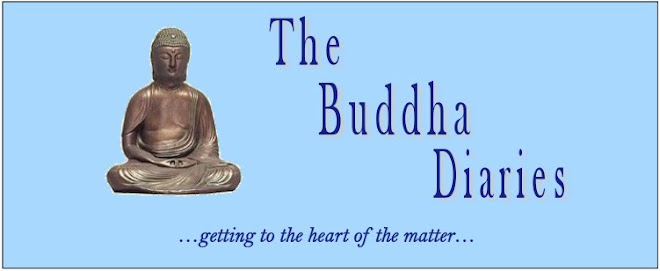The title of Eros andAdonis could not more clearly state its theme. Eros, the impish deity of carnal love; Adonis, the epitome
of masculine beauty. The two
together unambiguously spell homoeroticism. Subtitled “The Male Figure in Art History, A Compilation of
Articles from The Art of Man,” the
book is edited and largely written by Grady Harp, himself a champion of
figurative art and a prolific book reviewer. (Disclosure: Grady Harp has written enthusiastically about
my recent publications.) The essays
range from those devoted to a single theme—“The Influence of Apollo”—to mini
monographs of individual artists—Agnolo Bronzino, Guido Reni—and cover a vast
range of world art, from Renaissance Italy to Edo period Japan and contemporary
America. They offer ample evidence
that the fascination with the human form, in this case specifically with the
male form, is nothing short of universal.
 |
| Belvedere Apollo, after Leochares, 130BC |
But let’s not forget that representations of the human form
are not merely ideal but also, yes, erotic and arouse erotic response. Again, it’s my belief that same-sex
response is not limited to gay men and women. It’s simply human.
There is much denial on this subject, but even the most macho football
fan, I’d suggest, is succumbing in part to the power of an ancient gene that
stems at the very least from the days of Greek games and Roman gladiatorial
events. As that great scene in the
movie version of D.H. Lawrence’s Sons and
Lovers suggests, close combat is but the flip side of that other close body
encounter, sex...
 |
| William-Adolphe Bouguereau, "Dante and Virgil in Hell," 185 |
Those of us who
love art—from its origins to the present day—would be fooling ourselves if we
failed to acknowledge a pleasurably erotic response to homoerotic art; and
would be failing, also, in our response to the art itself.
That said, kudos to Grady Harp for bringing these matters to our
attention. He does so in a book
that is rich with illustrations that establish at once the common ground of
naked masculinity through the ages—the body strength, the up-front sexual
apparatus, the incipient fertility—and the differences in our nature. Art, it turns out, can tell us by
reflection a great deal about what it means to be a man; each work is in some
sense a mirror in which we (men) see who we are. Grady’s texts, while far from academic, give us a real sense
of the artists about whom he writes and, importantly, the historical period in
which they worked. His prose flows
easily, as good prose should, and is at once eminently readable and
informative.
I do have a couple of nit-picks. Admittedly, this is a huge subject and volumes could be filled with images and texts, but some of the choices—and omissions—do seem strange to me. I mentioned Caravaggio, above. Given the subject matter and the title, my mind connects immediately with this genuine, if mercurial master of the genre. And where is Michelangelo’s “David”? And his “Moses”?
 |
| Michelangelo, "Moses" |
One last nit-pick: lacking chronological arrangement of the
material, I found it hard to make sense of the order in which the essays were
presented. Perhaps I was looking
for logical coherence where a simple patchwork was intended, but I would
personally have been grateful for clarification on this point, if only to give
me some sense of direction and purpose. Still, we sense that this is a work of personal passion and
commitment, more of a journal or scrapbook than a treatise, and as such it is
replete with sudden insights, interesting turns and odd juxtapositions. And to leaf through it is pleasure to
both eye and mind.

No comments:
Post a Comment